Panier
Close
- No products in the cart.
Sous total (Hors frais de livraison)
0,00€
Payer
Expédition et livraison
Réparation et maintenance
In recent years, stand-up paddling has become increasingly popular on all types of water. The emergence of inflatable SUP technology has also made the sport accessible to a wider public, and it now accounts for the majority of the market. Today, we hear that inflatable paddles are as good as rigid products… but beyond the sales pitch, is this really the case? The AFS/Nahskwell editorial team puts its cards on the table to unravel the truth!
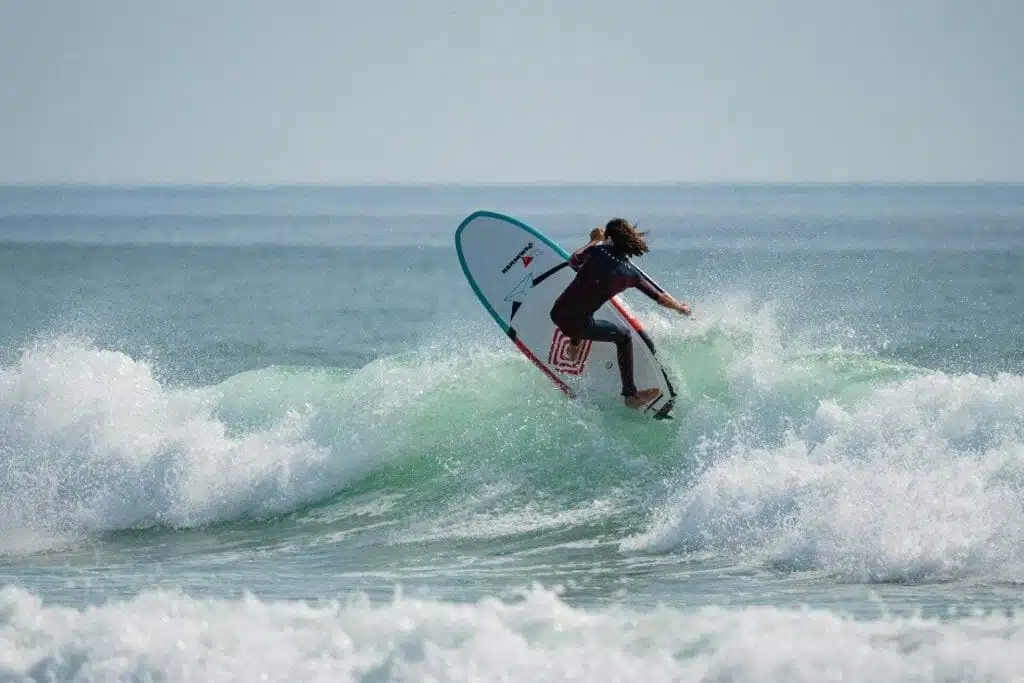
Beginners are often recommended an inflatable paddle, which is described as an easier way to discover the discipline. But what really makes a paddle easy to use?
For beginners, it’s all about stability. To achieve this, you need a wide board, often over 30 inches wide, with a suitable nose and a generous tail. Finally, it’s best to keep the board relatively low on the water to avoid feeling tossed about like a “cork”. The higher you are on the water, the less stable you are.
However, inflatable SUPs for beginners are often wide, but above all thick, more than 5 or 6 inches thick. Combined with the average rigidity of entry-level paddles, it’s clear that rigid boards are actually much easier to access, as they’re very stable and healthy, while immediately offering better sensations.
Inflatable boards also require much more effort to paddle, so may discourage beginners, or even be less safe when it comes to riding up wind and current.
It’s sometimes said that inflatable paddles are now as efficient as rigid boards, but that’s not true! First of all, noble materials like fiberglass and carbon are much better in contact with water when it comes to gliding. Just try it and you’ll immediately notice the difference.
What’s more, it’s impossible to work on the hull of a PVC paddle stand! At best, you can play around with the rocker, but a composite board will be a whole different level of design, right from the entry-level beginner boards. There’s a reason why you don’t see inflatable SUPs in surfing or racing, only rigid ones.
It’s true that composite materials are less impact-resistant than PVC and dropstitch. For these reasons, we generally prefer to protect them with a cover during transport.
On the other hand, they are more resistant to abrasion, and do not suffer from peeling skins, loss of PVC flexibility, aging glues and dropstitch filament breakage, which inevitably occur with inflatables. They can also be repaired inexpensively, ad infinitum! A well-treated rigid composite paddle board will last many years, if not decades.
In absolute terms, this is generally true. Low-cost inflatable supers can be found for under 200 euros, with performance and longevity sometimes inversely proportional to the price advantage… On the other hand, for the same level of performance, rigid is often the same price, if not cheaper with the fall in prices in this sector. An inflatable race or surf paddle will tend to be excessively expensive compared to a rigid one, as the R&D investment to compensate for the materials and shape work will have to be much greater.
Last but not least, the long life of inflatables makes rigid the best long-term choice when it comes to investment, especially since easy payment means you can spread out the cost.
Bulky yes, but practical no. Of course, the inflatable paddle can be stored in a transportable bag or stowed in an average car boot. You need a truck or roof racks for your tough competitor.
Inflatables, on the other hand, take much longer to set up: you’ll need around ten minutes to inflate (or deflate) the board, plus the obligatory assembly and disassembly of the fins. And your rigid board is ready to go as soon as you take it out of its bag! All in all, that’s a good half-hour of handling time saved in each session.
Once again, the advantage goes to rigid paddles, contrary to popular belief. Apart from a rinse – and perhaps a wax stroke now and then, traditional boards require no special attention. They can be stored for many years in a garage – or even a garden for the less careful – and still perform like new. An inflatable paddle will require more constant care: regularly checking for leaks at the skin junction before setting out to sea to avoid getting into distress, tightening the inflation valves, deflating and folding for winter storage in a dry place that is neither too cold nor too hot…
When it comes to the average ride or distance, this is definitely the case. These practices, which require relatively simple hulls, pose no problem for most seriously built boards.
Not so for surfing and racing! For surfing, you need boards that are very well worked out in terms of rails and tail, with a lot of rigidity. Unfortunately, inflatable stand-up paddleboards don’t behave well on the wave after the first few foams. It quickly becomes very difficult to surf or do mixed surfing in these conditions. This aspect is also very noticeable at sea, with the chop: inflatable boards are much less resistant to chop than harder, more seaworthy boards.
For racing – or long-distance touring – inflatable SUP boards are unthinkable. Too unseaworthy, they can’t cut through the chop like their hard-bodied counterparts with their bows and hulls, which benefit from a great deal of attention. Inflatable boards quickly become much more tiring and can’t keep up with the competition.
In the end, prejudices die hard. If you’re looking for a board for beginners, it’s best to take the time to choose the right size and invest only once: you’ll get the most out of the wonderful discipline of stand-up paddling, and you’ll even be able to consider other disciplines. If you’re looking for performance, don’t hesitate to go for rigid.
Click & Collect
Secure payment in 3 or 4 instalments
Advice from enthusiasts
Satisfied or your money back
2 to 3 years warranty
Worldwide delivery
Votre emplacement actuel et les langues disponibles
Your current location and available languages
Build your complete foil equipment according to your practice and objectives.
Answer a few quick questions and get a suggestion.
Compare up to three stabilizers side by side.
Coming soon...
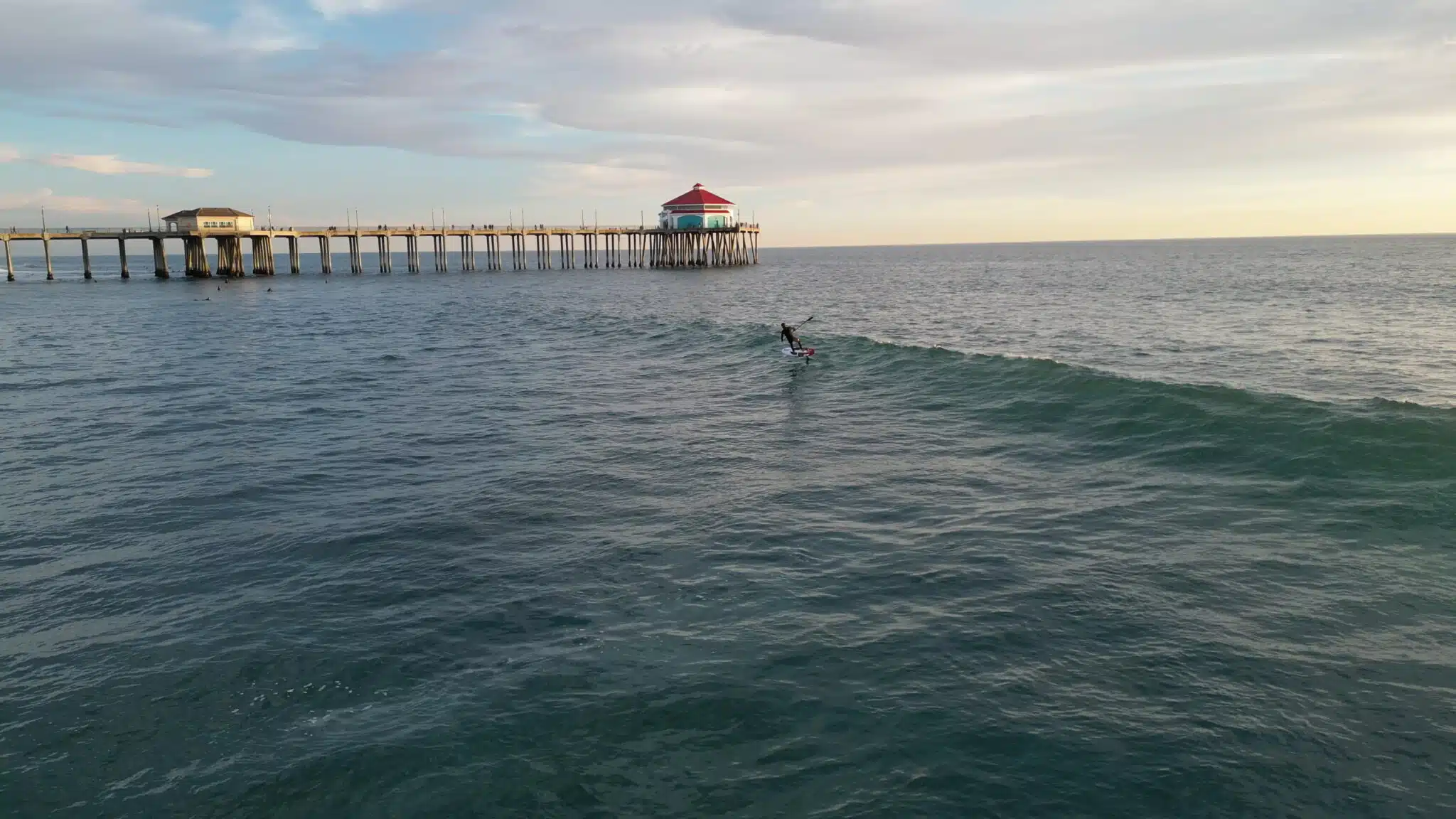
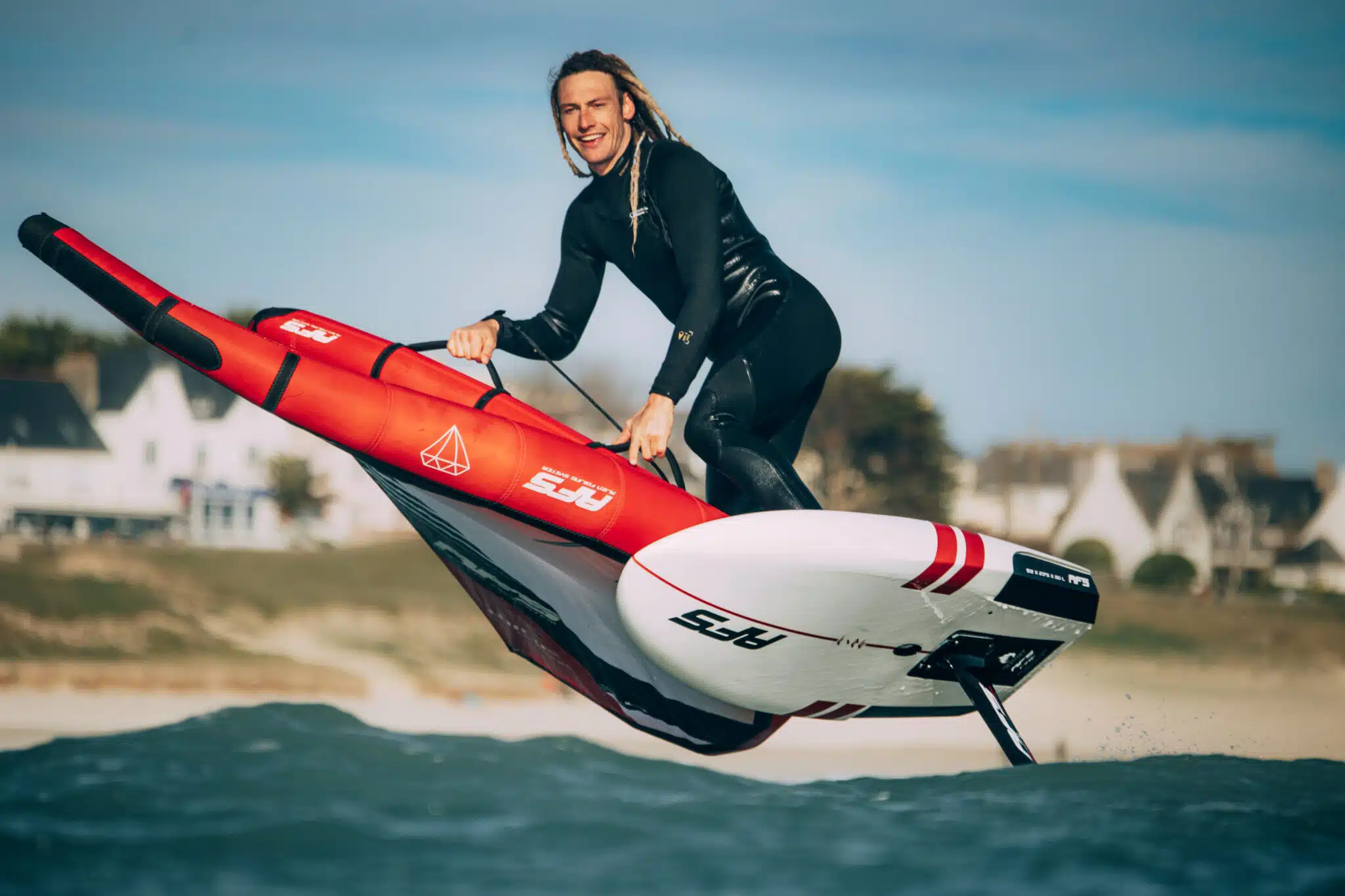

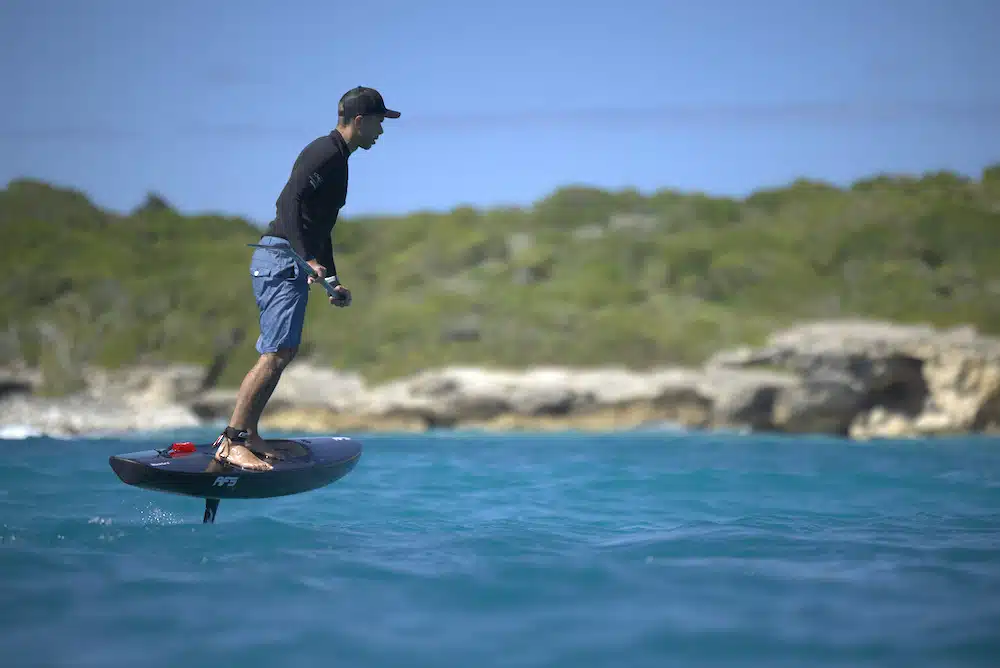
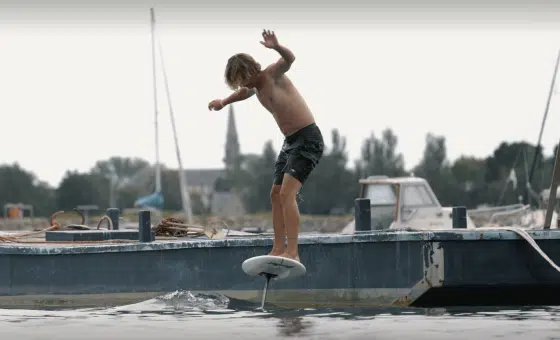
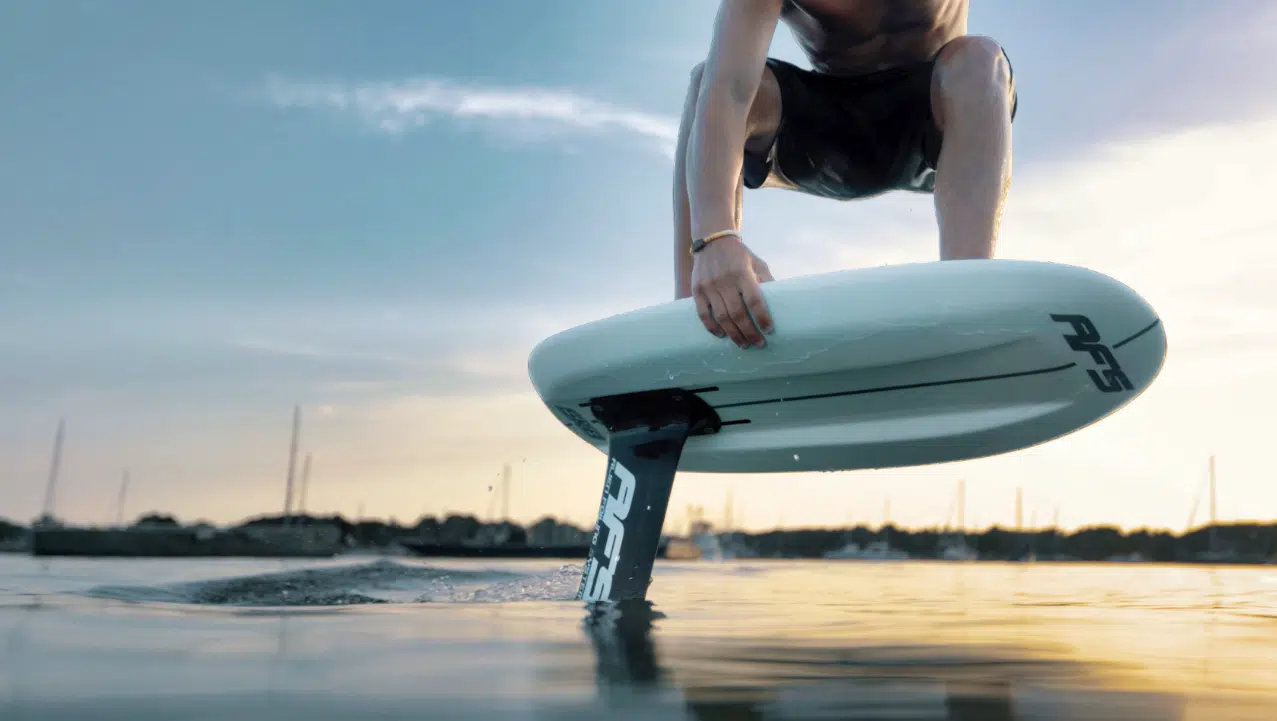
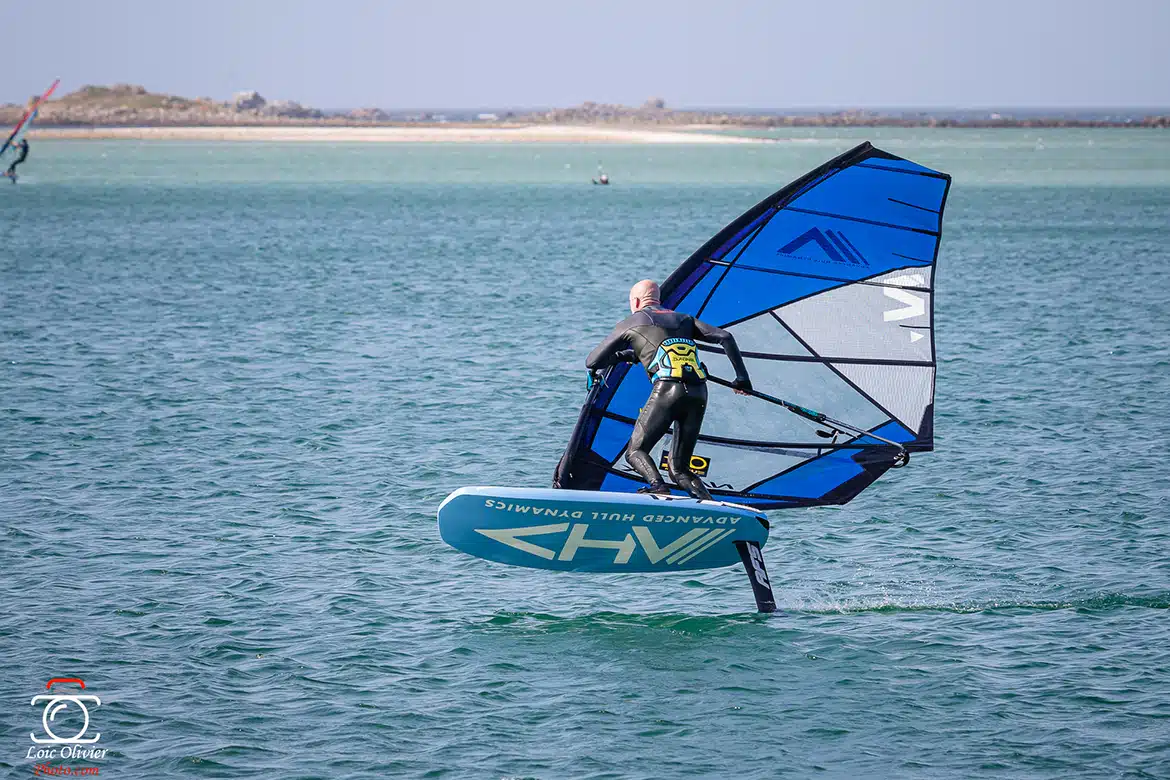
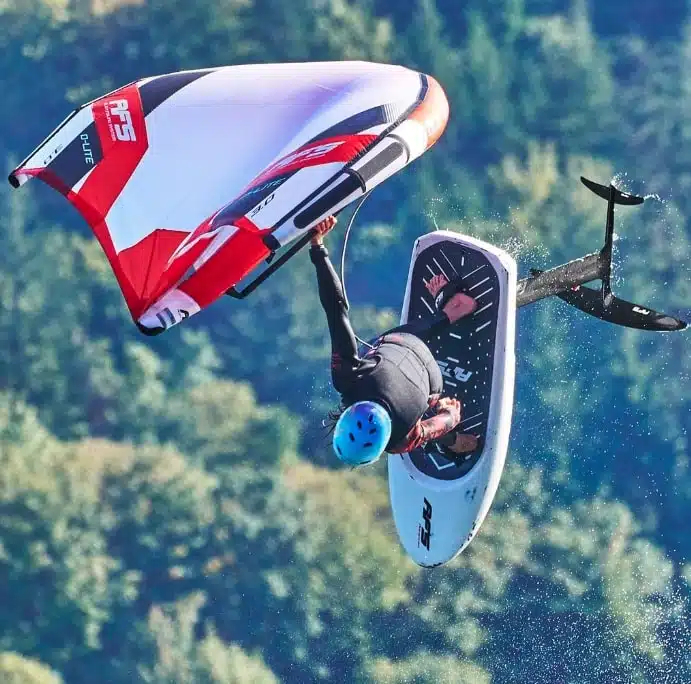
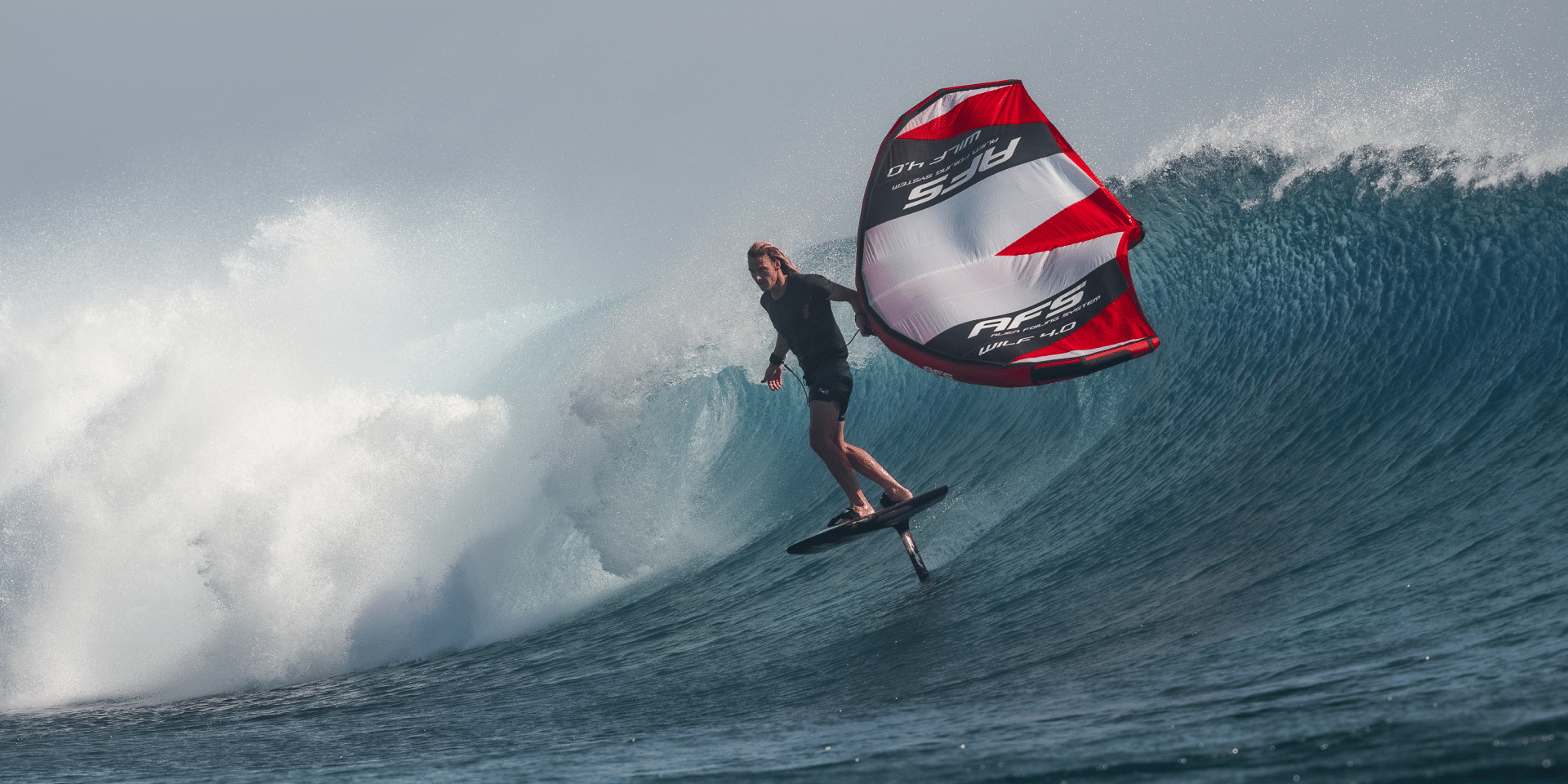
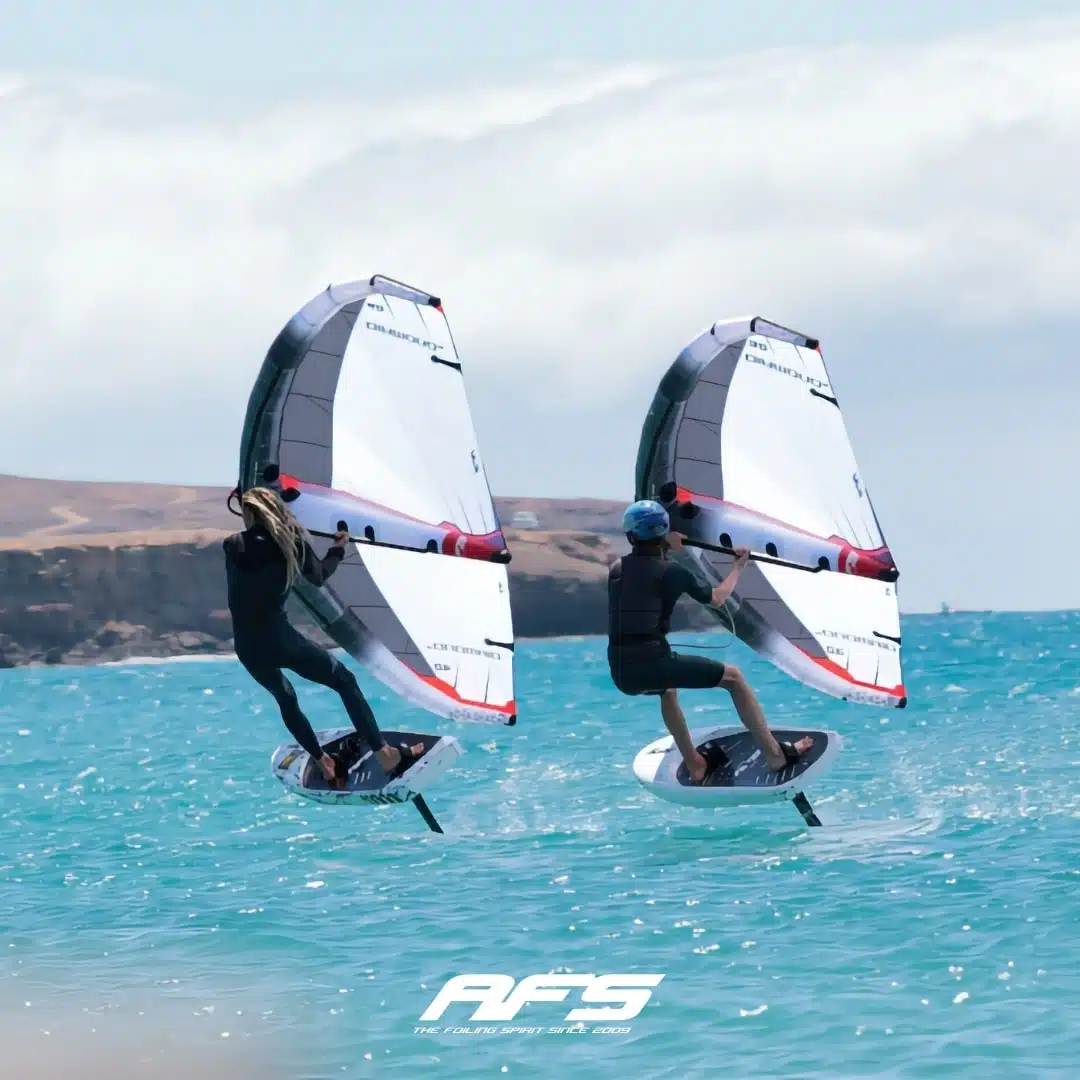
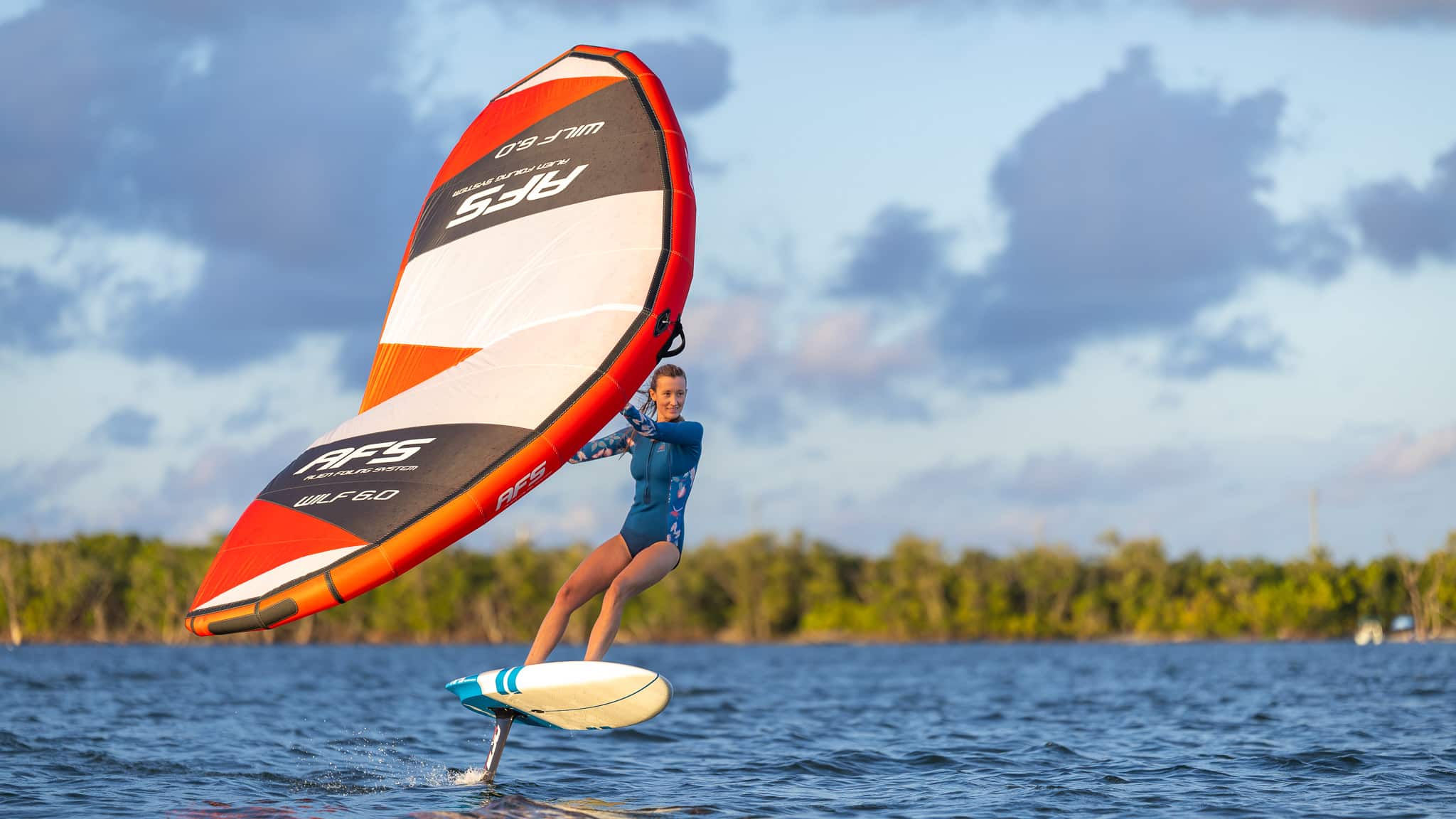

You will receive a product in excellent condition, with a few minor scratches from use.
Your product may have a few minor scratches or visual defects, but it's ready to take to the water again!
Despite deeper scratches or more pronounced visual defects, your product can take to the sea without hesitation: at this price, it's a shame to miss out!